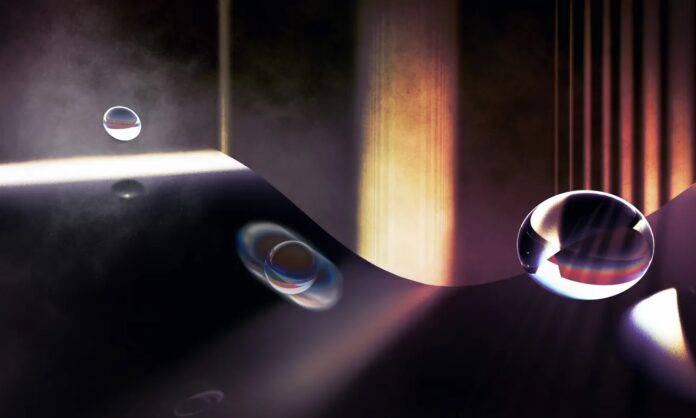Scientists led by Oriol Romero-Isart from the Institute for Quantum Optics and Quantum Information (IQOQI) of the Austrian Academy of Sciences (ÖAW) and the Department of Theoretical Physics at the University of Innsbruck suggest an experiment. In this setup, a suspended and cooled optically nanoparticle undergoes evolution in a non-optical (“dark”) potential formed by electrostatic or magnetic forces. This process is anticipated to produce a large-scale quantum superposition state efficiently.
Using laser light, researchers have developed a method to cool a tiny glass sphere to its lowest possible energy state. However, when left alone, these spheres heat up due to interactions with air molecules and scattered light, moving them out of the quantum realm.
To overcome this, the scientists suggest allowing the sphere to evolve without light, guided only by nonuniform electrostatic or magnetic forces. This evolution happens rapidly enough to prevent heating from stray gas molecules and introduces distinct quantum characteristics.
In this study, scientists addressed practical challenges in experiments of this kind. These challenges involve the necessity for swift experimental processes, minimizing laser light usage to prevent decoherence, and the capability to rapidly repeat experiments with the same particle. These factors are vital for reducing the impact of low-frequency noise and other systematic errors.
The proposal has undergone thorough discussions with experimental partners in Q-Xtreme, an ERC Synergy Grant project financially supported by the European Union.
The theory team of Oriol Romero-Isart said, “The proposed method is aligned with current developments in their labs, and they should soon be able to test our protocol with thermal particles in the classical regime, which will be very useful to measure and minimize sources of noise when lasers are off.”
“We believe that while the ultimate quantum experiment will be unavoidably challenging, it should be feasible as it meets all the necessary criteria for preparing these macroscopic quantum superposition states.”
Journal Reference:
- M. Roda-Llordes, A. Riera-Campeny, D. Candoli, P. T. Grochowski, and O. Romero-Isart. Macroscopic Quantum Superpositions via Dynamics in a Wide Double-Well Potential. Phys. Rev. Lett. DOI: 10.1103/PhysRevLett.132.023601
